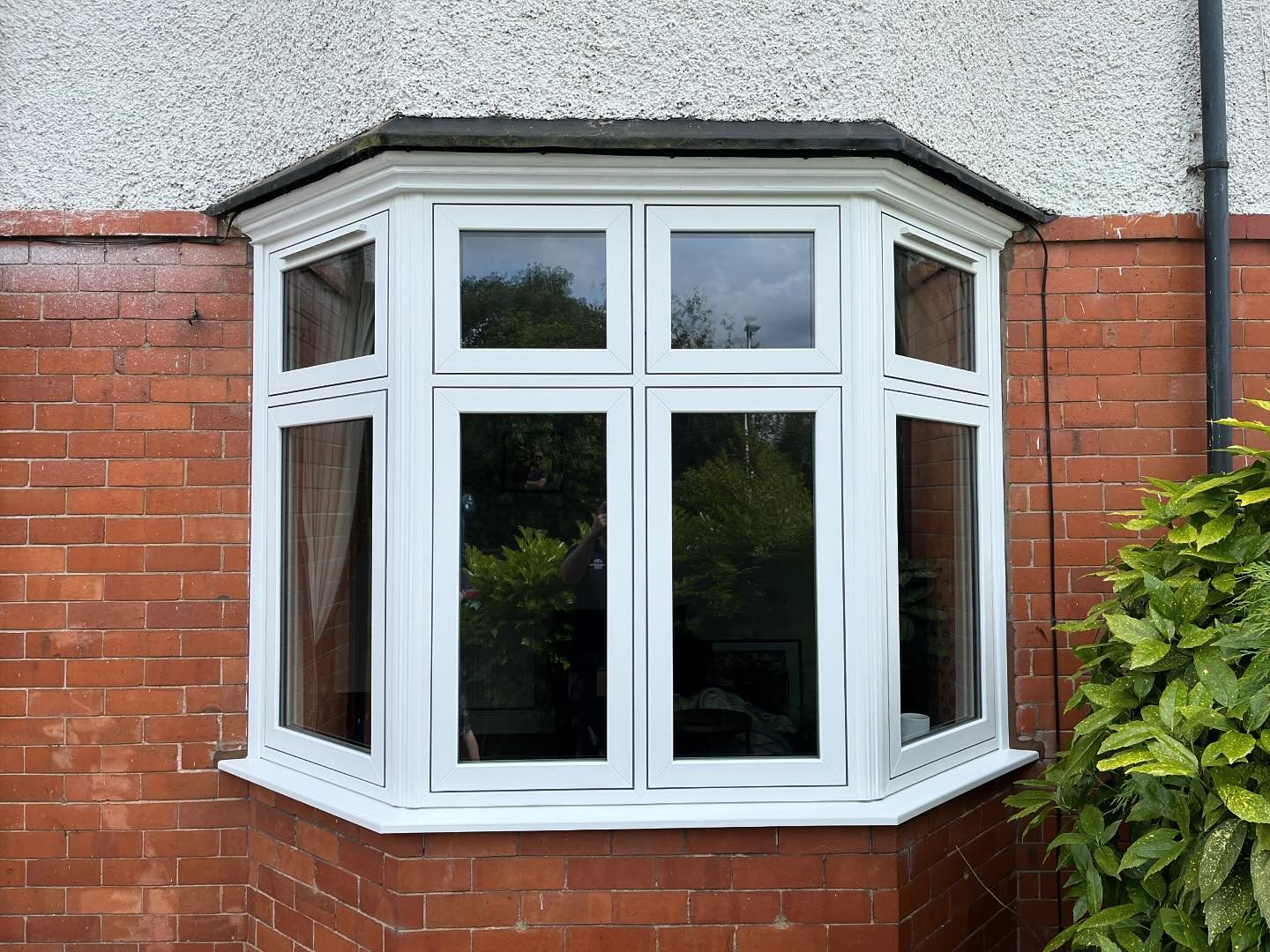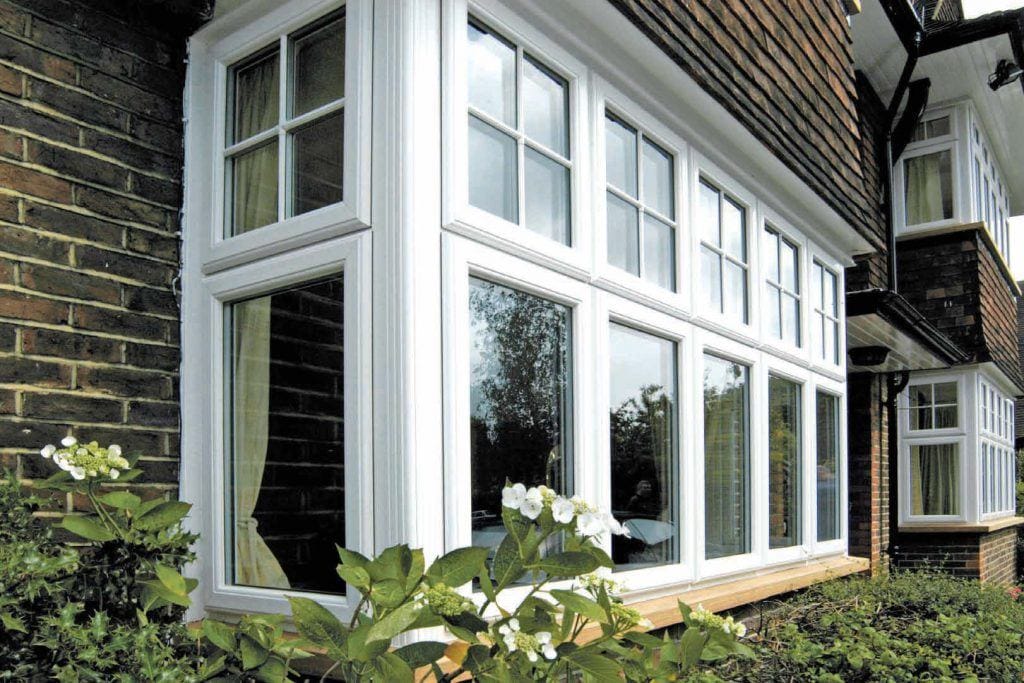In recent years, energy efficiency has become a primary concern for homeowners and builders alike, leading to the increased popularity of triple glazing. This innovative window technology offers significant advantages over traditional double glazing, particularly in terms of insulation and energy savings. In this article, we will explore what triple glazing is, how it works, its benefits, potential drawbacks, and considerations for installation.
What is Triple Glazing?
Triple glazing refers to windows that consist of three panes of glass instead of the standard two found in double-glazed windows. The panes are separated by gas-filled spaces, typically filled with argon or krypton, which serve as insulating barriers. This design significantly reduces heat transfer, making triple glazing an effective solution for improving a building's thermal performance.
How Triple Glazing Works
The effectiveness of triple glazing lies in its structure. Each glass pane acts as a barrier to heat flow, and the gas-filled spaces between the panes provide additional insulation. The three layers of glass work together to minimize heat loss in winter and keep the interior cool in summer. The thermal performance of windows is measured by their U-value, which indicates the rate of heat transfer. Lower U-values signify better insulation. Triple-glazed windows generally have U-values ranging from 0.6 to 1.0 W/m²K, making them much more efficient than double-glazed windows, which typically have U-values around 1.2 to 2.0 W/m²K.

Benefits of Triple Glazing
- Enhanced Energy Efficiency: One of the most significant advantages of triple glazing is its superior energy efficiency. By reducing heat loss, these windows can help lower heating bills and reduce reliance on heating systems, leading to substantial energy savings over time.
- Improved Comfort: With better insulation, triple-glazed windows help maintain a consistent indoor temperature. This means fewer cold drafts in winter and reduced heat gain in summer, contributing to a more comfortable living environment.
- Noise Reduction: The additional pane of glass and the insulating gas layers help to dampen sound transmission. This makes triple glazing an excellent choice for homes located in noisy areas, such as near busy roads or airports.
- Increased Property Value: Energy-efficient homes are increasingly in demand. Installing triple glazing can enhance your property’s appeal to potential buyers, potentially increasing its market value.
- Environmental Benefits: By reducing energy consumption, triple glazing contributes to lower carbon emissions. Homeowners who prioritize sustainability may find triple-glazed windows align with their values and goals.
- Condensation Reduction: Triple glazing can help minimize condensation on window surfaces. The interior glass pane remains warmer, reducing the likelihood of moisture build-up and mold growth.
Potential Drawbacks of Triple Glazing
Despite its numerous benefits, triple glazing is not without its drawbacks. Homeowners should consider the following factors:

- Higher Initial Cost: The most significant disadvantage of triple glazing is the upfront cost. Triple-glazed windows are typically more expensive than their double-glazed counterparts, which can be a barrier for some homeowners. However, many find that the long-term energy savings offset the initial investment.
- Weight and Structural Considerations: Triple-glazed windows are heavier than double-glazed windows due to the additional glass pane. This extra weight may require reinforced frames and proper installation to ensure structural integrity, potentially increasing installation costs.
- Diminishing Returns in Mild Climates: In regions with milder climates, the benefits of triple glazing may not be as pronounced. Homeowners in such areas might find that double glazing meets their needs without the added expense of triple glazing.
- Limited Aesthetic Options: While triple-glazed windows are available in various styles and designs, the thickness of the units can limit certain aesthetic choices. Homeowners may need to compromise on window style to accommodate the thicker frames.
Considerations for Installation
If you decide to invest in triple glazing, consider the following factors to ensure a successful installation:
- Professional Installation: To maximize the benefits of triple glazing, it is crucial to hire a qualified professional for installation. Proper fitting is essential for achieving optimal thermal performance and preventing air leaks.
- Choosing the Right Frame: The frame material can significantly impact the overall performance of triple-glazed Windows By Ideal Glass. Options include uPVC, wood, and aluminum. Each material has its advantages and disadvantages in terms of insulation, durability, and maintenance.
- Energy Ratings: Look for windows with energy ratings from reputable organizations. These ratings can help you compare the efficiency of different products and ensure you're making an informed choice.
- Local Climate: Consider your local climate when deciding whether to install triple glazing. In colder regions, the benefits may be more pronounced, while in milder climates, double glazing may suffice.
- Building Regulations: Check local building regulations and energy efficiency standards. Some areas may have specific requirements for window installations, especially in new builds or renovations.
Conclusion
Triple glazing represents a significant advancement in window technology, offering numerous benefits in terms of energy efficiency, comfort, and noise reduction. While the initial investment may be higher than double glazing, the long-term savings and environmental benefits can make it a worthwhile consideration for many homeowners. By carefully evaluating your specific needs, local climate, and installation requirements, you can make an informed decision about whether triple glazing is the right choice for your home. As energy efficiency continues to gain importance, triple glazing is likely to play a crucial role in the future of sustainable building practices.




![Melchie Dumornay - Football Star [Player Card Info]](https://camlive.ovh/upload/photos/2025/04/5KPCwwg9e4pnjrim57Kq_27_d3110aa8cded43b570b2f2a082b607bc_image.png)
